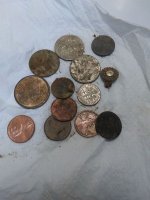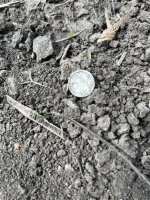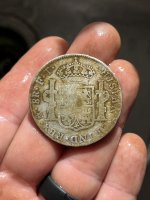Kace
Bronze Member
- Aug 15, 2017
- 2,099
- 4,910
- Detector(s) used
-
Whites DFX, Whites Bullseye 2 Pointer, Audio 200 D Headphones,
Garrett AT MAX, Garrett Pro-Pointer AT, MS-3 Headphones,
Lesche Digger, Lesche Shovel, 4' T Handle Probe.
GoPro, RC Truck, Drone.
- Primary Interest:
- Other
Thanks Reb..That's All I Wanted To Know!!






